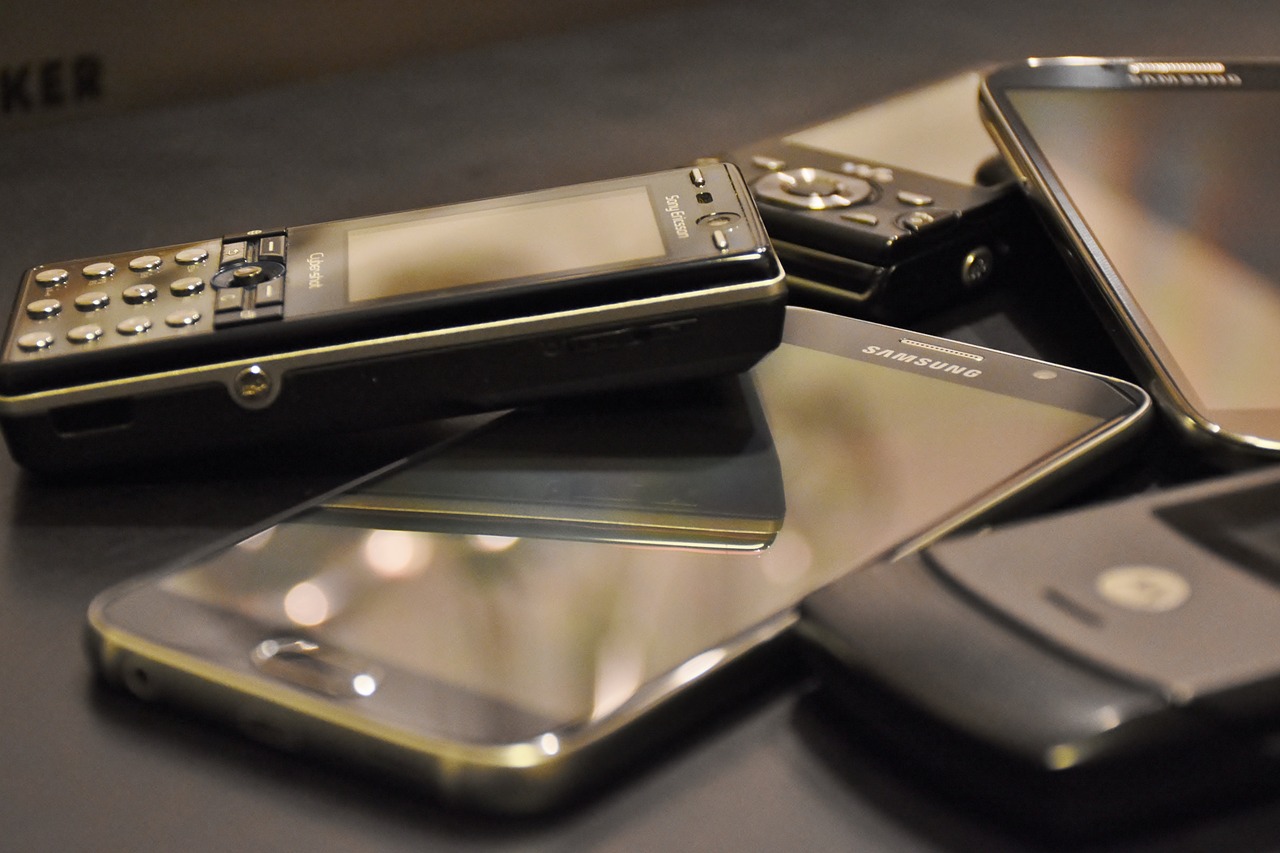Researchers solve key challenge in creating smaller sensors

The technology in our ICT devices keeps getting smaller, and the question if we are approaching the limit of how small they can get keeps popping up. One solution can be spelled 2D materials, which could soon open new doors for manufacturing of technology, thanks to a team of KTH researchers who have solved a key aspect.
Atomically thin materials, so called 2D materials, could be the solution to build smaller sensors and electronic components, but until now there hasn’t been a good way of using them in conventional manufacturing processes, since transferring these novel material onto standard substrates often included manual steps and caused contamination.
The winners of KTH Innovation’s challenge for researchers at the School of Electrical Engineering and Computer Science have developed a method that can help solve this problem. The Micro and Nanosystems-based team found a way of transferring the 2D materials, such as graphene, directly onto their intended target by using adhesive wafer bonding. The technology could be used in building improved sensors for measuring air quality with smartphones.
- People are excited about 2D technology, but if you want to fabricate a device you need to be able to make it on a large scale to reduce the cost of individual components, says Arne Quellmalz. Our method uses standard tools and materials, which means that the barrier for integrating it into the semiconductor industry will be lower.
The team of researchers wins 50 000 SEK in proof of concept funding from KTH Innovation*, and will also get support in bringing their new technology to market.
- Thinking about things like market analysis and customer needs is quite different from doing research, but it’s great to have a good partner, says Arne Quellmalz, a PhD student in electrical engineering. We’ve heard good things about KTH Innovation, and we felt safe in disclosing our thoughts and innovations.
KTH Innovation provides proof of concept funding for early verification of an idea or research result. The funding, which KTH teams can also apply for on a regular basis, can be used for example to conduct market research or prototyping. The winners of the challenge will use their grant to reach out to potential customers and get their feedback.
- We’ve solved one key aspect in realizing these kinds of devices, but there’s still a long way to go. It’s an exciting experience that makes you think of the bigger picture and find new angles on how to create impact from your research.
We wish the team the best of luck and congratulate them on winning the challenge!
*KTH Innovation runs the proof of concept funding programme VFT, granting KTH teams funding of up to 300 000 SEK on a regular basis. The next deadline is November 12th. Read more here. You can also reach out to KTH Innovation for more information on how to apply.

